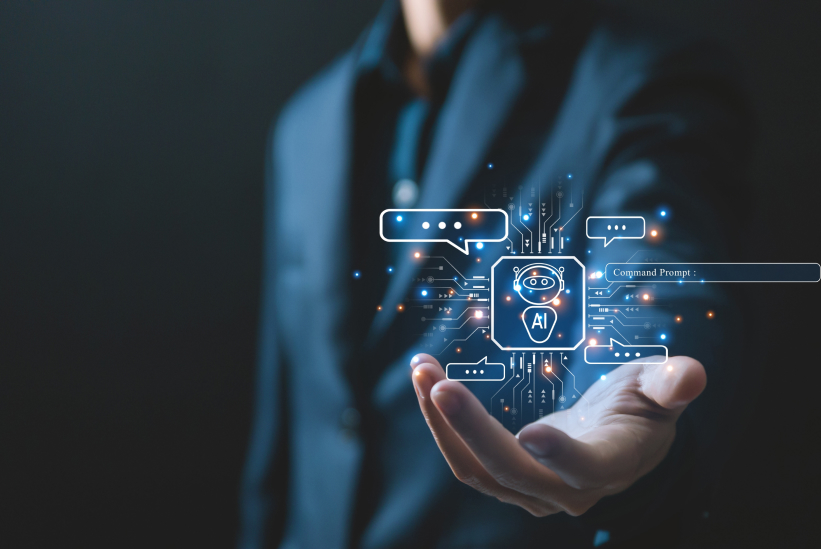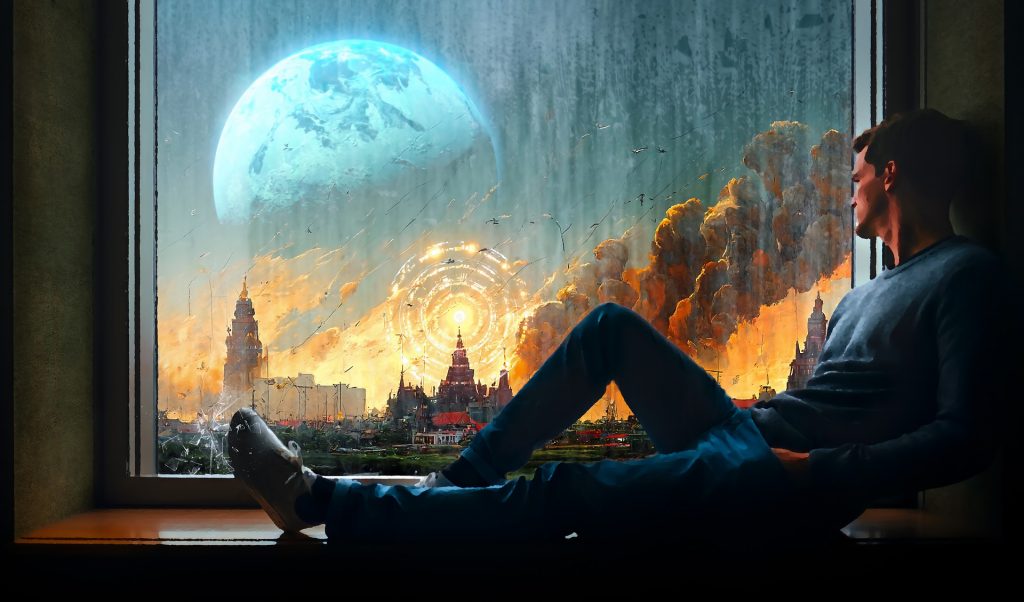The Future of Business: Navigating the Choices between Artificial Intelligence and Traditional Solutions

Posted: admin
January 27, 2023
There is an age-old question that looms large in everyone’s minds when it comes to AI (Artificial Intelligence), “Would machines replace us humans?” We have movies like Terminator to blame for this. In real life, AI’s man-made evolution has been helpful so far since they aren’t sentient beings yet. They listen to what we say and follow our instructions unlike our children or spouse.
Although, a certain disgruntled google employee might disagree with this.
Machines have indeed replaced humans in certain aspects of life that have made our lives easier. Our modes of fast transit systems (Metro Trains) have been automated and humans are merely there as a fail safe. Tesla’s self driving feature has also been successful at predicting and averting accidents.
So what if Machines do replace us Humans? Since the downsides have already been told by numerous film-makers in umpteen ways, let’s look at the upsides only.
- Humans can spend time with their families
- Follow their heart and pursue whatever they want
- Pursue their passions
- Make the world a beautiful place by making art and reciting poems à la Shakespeare.
But wait, art is also being made by AI now. Recently an AI generated piece of art won the top prize at a competition which has irked a lot of artists. This incident has sparked a lot of conversations around the topic and have questioned why a machine generated piece of art is permitted to enter such competitions.
When artists work on an original piece, they pour a lot of creativity into each and every piece. Sometimes, the more modern, digital artists tend to sample from other artists. However, these are done to explore styles and achieve artistic satisfaction only. There is no commercial element to this.
Similarly, AI takes samples from other artists’ work to create its own art. Now, to go ahead and make this art a commercially available piece of product or enter them into competitions is where the blunder is. This will be in violation of the rights of the original artists’ work.
Getty Images had recently banned AI generated images from their platform for this very reason. Since the art/images cannot be authenticated for its rights, the platform will be put on a legally unstable pedestal.
James Earl Jones had recently given away rights to produce his voice through AI to Disney. He had been voicing Darth Vader since 1977. In the recent TV series “Obi Wan Kenobi” that streamed on Disney+ the voice of Darth Vader was completely AI generated.
Disney has also been scanning most lead actors from their popular movie franchises to reproduce them digitally. The legalities of the likeness of a person is yet to come to debate.

Why all the hate for AI art?
The current legal framework as is, is not very accommodating for these newly found “artists”. Until the legalities of AI generated art and the licensing of the same is streamlined so as to not violate other artists’ rights, they will remain to be hated, at least legally.
Most artists would love to try new things. AI generated art has also become popular only because of artists. We cannot wait to try out AI generated art without violating other artists’ work.
One possible solution would be to source images from royalty free stock websites to generate art. Stock image platforms would stand to benefit the most from this, should they come up with or acquire any existing AI assisted art generation products and make one modification, which would be to source images only from their platform of royalty free images.
This still leaves behind the question of “Would machines replace us humans?”. The answer is simply this: AI art is generated with prompts that are input by humans and therefore require humans. As long as the AI solutions are merely doing a task commanded by humans, we need not be looking over our shoulders.
AI in design
Auto-layout has come a long way since 2019. Designing experiences across devices with this AI assisted process becomes a lot easier. It saves a lot of time for designers and enables them to concentrate on coming up with better solutions to a given problem.
A few years ago Adobe had introduced their neural filters. These filters’ job is to intuitively make things work better in a photograph. Be it an old black and white photo that needs to breathe in a riot of colours, an expressionless face showing signs of serotonin or cleaning-up of an old photo and restoring it, they can be done in just a few clicks.
Usage of these auto-layout, neural filters and other AI assisted processes have resulted in saving a huge chunk of human time. By being early adopters of the process, we can both push the limits and provide fast yet efficient solutions to clients.
Where’s the gap?
Letting go of the fears associated with change and embracing them would benefit humans as a whole. We have been pioneers of innovation and we just have to believe in ourselves to let AI evolve at a much faster pace. If all else fails, and AI does try to take over the world, we could just pour water on it and let it malfunction. No amount of dunking in rice would help.
Related Blogs
-
Unpacking Mobile Advertising: Is it the Promised Land for Marketers?
Posted: admin
10 March, 2023
-
The Evolution of Branding in the Digital Economy: Why Sales and Branding Go Hand in Hand
Posted: admin
03 March, 2023
-
The Future of Unified Measurement
Posted: admin
20 January, 2023
-
Why Is Google Pushing Broad Match Keywords?
Posted: admin
13 January, 2023

